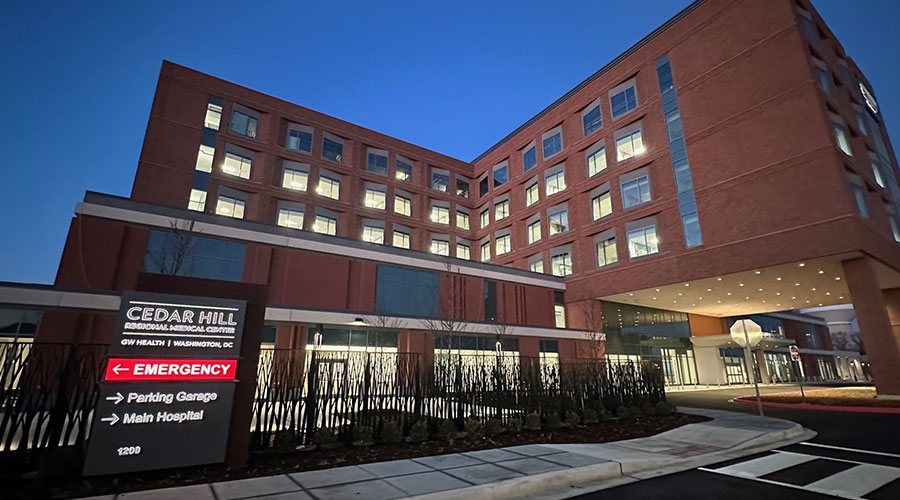Major cities like New York, Chicago, Los Angeles and Boston have reinstated masking guidelines within their hospitals and other healthcare facilities as cases of COVID-19, the flu and RSV begin to rise.
According to the New York State Department of Health, cases of COVID-19 have been on the rise in the U.S. since mid-November, with hospitalizations increasing by 64 percent from Nov. 26 to Dec. 23. This marked the seventh consecutive week of increases and the highest figure reported since January 2023. Meanwhile, the number of weekly flu hospitalizations have also increased from 9,930 during the week ending Nov. 25 to 14,732 the week ending Dec. 23, according to the CDC.
The cities are not the only ones experiencing high levels of respiratory illness activity. According to ABC, 31 states, plus Washington D.C. have described people visiting healthcare facilities with respiratory complaints such as a fever, sore throat or cough. Because of this, the facilities have implemented mask mandates to help limit the spread of severe illness.
Related Content: Mask Requirements Continue Evolving in Healthcare
Since the beginning of the COVID-19 pandemic in 2020, the CDC has recommended that everyone over the age of two wear a face mask when in a public indoor setting, regardless of vaccination status. Hospitals in particular have been pushing masking guidelines as their facilities are filled with vulnerable patients who are not able to fight the virus as easily as a seemingly healthy person. Of course, there are reasons as to why a person cannot wear a face mask. This includes children under the age of two, a person with a disability who cannot safely wear a mask or a person for whom wearing a mask would create a workplace risk.
Cloth masks are still widely available for users, however, they are not strong enough to stop the spread of new variants. Several studies found that even though high-quality cloth masks perform similarly to a medical-grade mask, single-layer cloth masks, neck gaiters and bandanas do not provide the same level of protection. Covering the mouth and nose can help limit the spread of respiratory illnesses, cloth masks do not provide an airtight fit across the face, allowing viruses to escape into the air while talking or breathing.
Still, when facing an increase in positive cases, hospitals can take measures to ensure the highest level of indoor air quality. This includes proper HVAC systems and ensuring the appropriate number of air exchanges is being delivered to spaces.
Mackenna Moralez is the associate editor for the facilities market.

 Design Plays a Role in the Future of Healthcare
Design Plays a Role in the Future of Healthcare Cedar Hill Regional Medical Center GW Health Officially Opens
Cedar Hill Regional Medical Center GW Health Officially Opens Designing Healthcare Facilities for Pediatric and Geriatric Populations
Designing Healthcare Facilities for Pediatric and Geriatric Populations Kaiser Permanente Announces New Hospital Tower at Sunnyside Medical Center
Kaiser Permanente Announces New Hospital Tower at Sunnyside Medical Center Building Disaster Resilience Through Collaboration
Building Disaster Resilience Through Collaboration